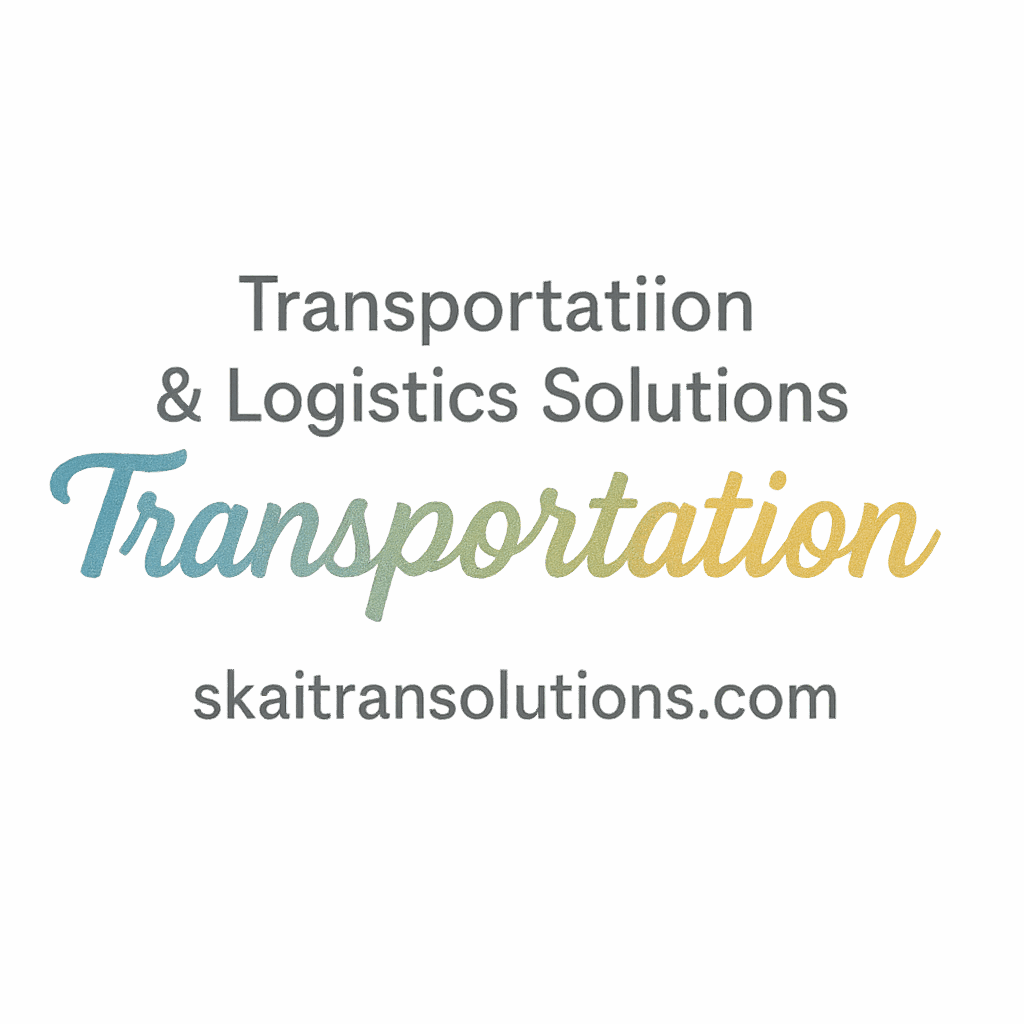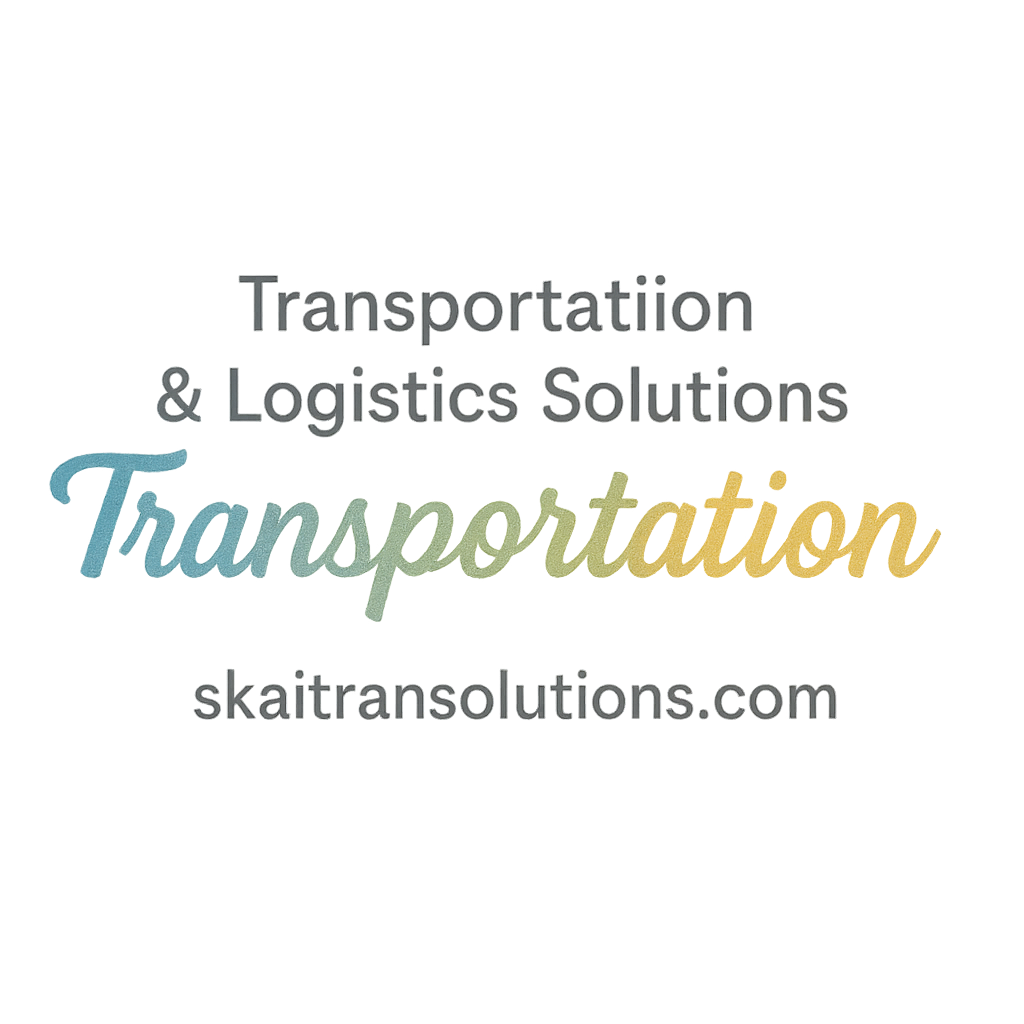Introduction: Why Transportation Markets Matter
The transportation industry is one of the key pillars of the global economy, influencing trade, commerce, and everyday life. From goods movement to personal travel, the sector is constantly evolving. As new technologies emerge, market segments such as autonomous vehicles, green transportation, and last-mile delivery are reshaping the landscape. In this article, we will explore 9 transportation market segments to watch, diving into how these changes are setting the stage for the future of transportation.
The Role of Market Segmentation in Transportation
Market segmentation allows businesses to pinpoint specific opportunities within the larger transportation ecosystem. This strategic focus helps companies better cater to customer demands, streamline operations, and stay ahead of technological innovations. Understanding transportation market segments is essential for businesses looking to thrive in a competitive environment.
Understanding Transportation Market Segments
Transportation market segments refer to distinct niches within the industry, such as logistics, autonomous vehicles, and urban mobility. By targeting a specific segment, companies can tailor their services to meet the unique needs of that market, leading to more efficient operations and greater market share.
The Evolution of Transportation Markets
Over time, the transportation sector has seen major transformations. What started as simple human-driven carts evolved into complex networks of logistics solutions, smart infrastructure, and green transportation initiatives. The key takeaway? Innovation is the driving force behind this evolution, and new market segments continue to emerge with each technological leap.
1. Autonomous Vehicles: The Future of Transport
Autonomous vehicles (AVs) are no longer a distant concept—they are quickly becoming a reality. These vehicles promise to reshape the transportation sector, offering safer, more efficient, and cost-effective solutions for both personal and commercial transportation.
Technological Innovations in Autonomous Vehicles
The success of autonomous vehicles hinges on advances in technologies like artificial intelligence (AI), machine learning, and sensor technology. These innovations enable self-driving cars to process information in real time, make decisions, and navigate safely through busy environments.
Regulatory Challenges for Autonomous Vehicles
Despite the exciting potential, there are significant regulatory challenges surrounding AVs. Governments need to develop new policies and ensure safety standards are met before these vehicles can operate fully on the road. This evolving regulatory landscape is a key aspect of how autonomous vehicles will integrate into existing infrastructure.
Read more about Transportation Industry Insights.
2. Green Transportation: Sustainable Solutions
As concerns about climate change grow, the demand for eco-friendly transportation solutions has never been greater. The rise of green transportation reflects a collective shift toward reducing emissions and promoting sustainability.
Electric Vehicles (EVs) Market Growth
Electric vehicles (EVs) are at the forefront of the green transportation movement. EVs are becoming increasingly popular due to their environmental benefits and the growing infrastructure for charging stations. As technology advances, EVs are expected to become more affordable and efficient.
Renewable Energy and Transportation
The integration of renewable energy sources, like solar and wind, into transportation infrastructure is gaining traction. This shift reduces reliance on fossil fuels and offers a more sustainable model for the future. EVs powered by renewable energy could be a game-changer in reducing the industry’s carbon footprint.
Explore more on Logistics Supply Chain Solutions.
3. Logistics and Supply Chain Solutions
Logistics and supply chain solutions are vital to the seamless flow of goods across the globe. With the rise of e-commerce and increasing consumer demands, optimizing logistics networks has become more critical than ever.
Innovations in Supply Chain Management
Supply chain management is being transformed by technology. Real-time tracking, smart logistics platforms, and advanced predictive analytics are revolutionizing the way goods are delivered. These innovations help companies reduce costs, enhance efficiency, and deliver better customer experiences.
The Impact of E-Commerce on Logistics
The boom in e-commerce has fundamentally changed the logistics sector. With consumers demanding faster deliveries, companies are investing in technology and infrastructure to meet these needs. The integration of automation and AI is expected to streamline logistics even further.
Check out Operational Best Practices for logistics.
4. Last-Mile Delivery: The Rising Trend
Last-mile delivery, the final stretch of the delivery journey from a distribution center to the end consumer, has become a crucial segment in the transportation industry. This segment is booming, especially in urban areas where demand for quick deliveries is high.
The Challenge of Last-Mile Logistics
Last-mile logistics presents unique challenges, including traffic congestion, tight delivery windows, and high operational costs. Solving these issues is essential for improving the efficiency of last-mile delivery networks and meeting customer expectations.
Technology in Last-Mile Delivery
New technologies like drones, autonomous delivery vehicles, and smart lockers are transforming last-mile logistics. These innovations not only increase efficiency but also help reduce the costs associated with traditional delivery methods.
Learn about Transportation Technology Innovation.
5. Urban Mobility: Moving People Efficiently
As cities grow and populations increase, urban mobility solutions are becoming increasingly important. Urban mobility focuses on providing efficient, sustainable, and affordable transportation options for city dwellers.
Ride-Sharing Services: A Changing Landscape
Ride-sharing services like Uber and Lyft have drastically changed the way people navigate cities. These services provide a flexible and cost-effective alternative to car ownership, especially in crowded urban environments where parking is limited.
Micro-Mobility Solutions
Electric scooters, bikes, and other micro-mobility options are becoming a popular choice for short-distance travel in urban areas. These solutions help reduce congestion, offer flexible routes, and provide a sustainable transportation alternative.
Read about Innovation in Transportation.

6. Smart Infrastructure and Traffic Management
The evolution of smart infrastructure and traffic management systems is playing a pivotal role in enhancing the efficiency of transportation networks. These systems optimize traffic flow, reduce congestion, and ensure smoother commutes.
Smart Traffic Management Systems
AI-driven smart traffic management systems can monitor traffic patterns, adjust traffic lights, and reduce bottlenecks. These systems not only make transportation more efficient but also improve air quality by reducing idling times and emissions.
Infrastructure Investment Trends
As cities modernize and populations grow, investing in transportation infrastructure has become a top priority. Governments and private companies are funding projects aimed at improving roads, bridges, and public transportation systems to accommodate growing demand.
Discover more on Supply Chain and Logistics Trends.
7. Digitalization and Data in Transportation
Digitalization is rapidly changing how transportation systems operate. With the increased reliance on data, businesses can now optimize operations, improve customer experiences, and make smarter decisions.
Big Data and Predictive Analytics
Big data plays a significant role in the transportation sector by providing insights into demand, traffic patterns, and potential disruptions. Predictive analytics allows companies to anticipate delays and proactively address issues before they arise.
The Rise of Smart Transportation Platforms
Smart transportation platforms integrate various data sources to provide real-time insights. These platforms enable businesses to optimize routes, monitor vehicle conditions, and improve overall operational efficiency.
Explore Customer Experience and Safety in transportation.
8. Compliance and Regulatory Changes in Transportation
Transportation is one of the most regulated industries globally. As new technologies emerge and global trade increases, compliance with safety and regulatory standards becomes more critical.
Changes in International Trade and Transportation Regulations
International trade and transportation regulations are constantly evolving. New trade agreements and regulatory standards are shaping the way goods are transported across borders, requiring businesses to stay compliant with changing laws.
The Importance of Safety Inspections
Safety inspections play a crucial role in ensuring that transportation vehicles and infrastructure meet safety standards. These inspections help prevent accidents and ensure the safety of both operators and passengers.
Learn about Compliance in Transportation.
9. The Growing Role of Insurance in Transportation
As the transportation sector becomes more complex, the demand for specialized insurance coverage continues to rise. From autonomous vehicles to logistics fleets, tailored insurance products are becoming essential to mitigate risk.
The Role of Telemetry in Insurance
Telemetry is changing the way transportation companies manage risk. By tracking vehicle data in real time, insurance companies can offer more personalized premiums based on driving behavior and operational patterns.
Insurance Market Trends in Transportation
The insurance market in transportation is evolving to meet the unique needs of businesses and consumers. As the industry adopts more technology, insurance providers are offering new products like fleet insurance and coverage for autonomous vehicles.
Check out more about Vehicle Insurance Trends.
Conclusion: Embracing Change in the Transportation Market
The future of transportation is full of exciting opportunities. With advancements in autonomous vehicles, green transportation, logistics, and more, businesses that adapt to these emerging market segments will be better equipped to thrive. Whether you’re a business owner, investor, or consumer, understanding these trends is key to navigating the evolving landscape of transportation.
FAQs
- What are the key transportation market segments to watch?
- Some of the most promising segments include autonomous vehicles, electric vehicles, last-mile delivery, ride-sharing, and smart infrastructure.
- How is technology transforming the transportation industry?
- Artificial intelligence, big data, and autonomous technology are among the innovations driving the future of transportation, making it more efficient and sustainable.
- What is the role of sustainability in the transportation market?
- Sustainability plays a huge role, with electric vehicles and green transportation solutions leading the charge in reducing the sector’s carbon footprint.
- Why is last-mile delivery so important in transportation?
- Last-mile delivery addresses the final leg of the supply chain and is crucial for meeting consumer demands for fast, efficient service in urban environments.
- How are ride-sharing services impacting urban mobility?
- Ride-sharing services provide flexible, affordable transportation options and help alleviate traffic congestion in crowded cities.
- What are the challenges of autonomous vehicle adoption?
- Regulatory issues, safety concerns, and technological limitations are among the key challenges preventing widespread adoption of autonomous vehicles.
- How is insurance evolving in the transportation industry?
- As new technologies like telemetry and autonomous vehicles emerge, insurance providers are offering more specialized products to meet the evolving needs of businesses in the transportation sector.


